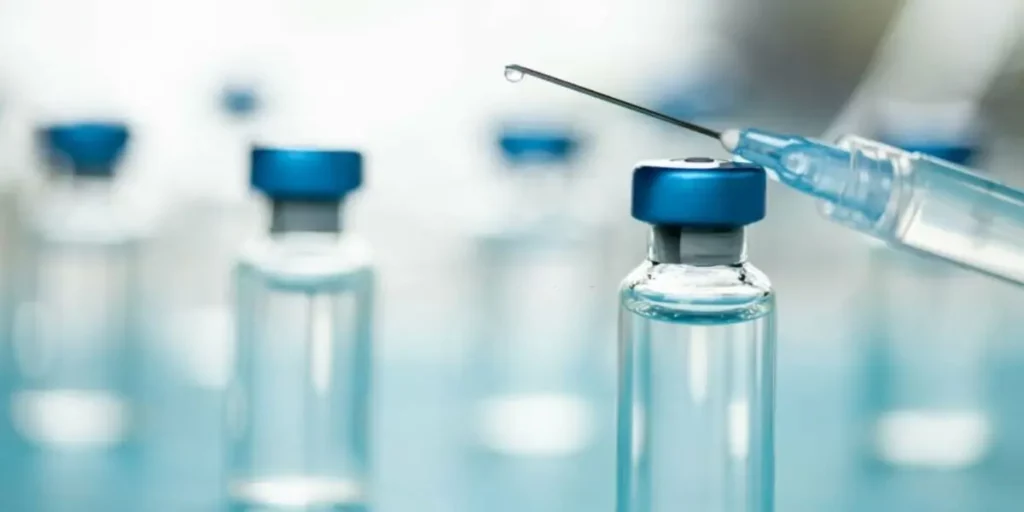Are you thinking of getting pregnant? Progesterone injections are a part of the fertility treatment when you are not able to get pregnant in the traditional way. While discussing with your doctor, you may have noticed that you will be given the tools and instructions for injecting progesterone for an extended period.
This period can be a few days to a few weeks, so you need to be more careful while administering. In this blog, we are going to discuss how and when progesterone injections are required and tips to avoid the lumps that are created after injecting.
Why Do You Need Progesterone Injection?
A simple answer to that question is to have a sufficient amount of progesterone in your body to increase the chances of pregnancy. Progesterone is a hormone that is an essential part of pregnancy which helps in acquiring the embryo inside the uterus. Now, in some women, the levels of these hormones are not sufficient.

It may be because they have had premature babies in the past, or have been experiencing menopause. But you would be surprised to know that this hormone requirement is not just necessary for pregnancy, it can be used as part of different treatments too.
Irregular Periods
Women who have been experiencing irregularity in their menstrual cycle are advised to take progesterone shots. This is not only a factor for getting pregnant but also drives your sexual health. Progesterone in your body helps the uterine lining to loosen up during the ovulation process and thicken when the process ends. But when your body is not producing enough of this hormone, it also indicates low levels of estrogen or indicates an underlying condition.
Hormone Replacement Therapy
Women undergoing menopause are often recommended for hormone replacement therapy. This therapy involves injecting estrogen and progesterone into the body to manage the symptoms of menopause. There are certain variations to this therapy which will depend on the extent of your case. The purpose of this therapy is to increase the chances of your pregnancy, regulate your mood and sleep cycle, and blood pressure.
IVF Treatment
Although, it is evident that progesterone helps you to maintain a healthy absorption of embryo onto the uterine lining for it to develop into a healthy baby. However, after confirming the pregnancy, you still need sufficient levels of progesterone to prevent uterine contractions and help in breastfeeding. Therefore, individuals who have taken IVF treatments to get pregnant will also be recommended progesterone injection.
How To Get Rid Of Lumps After Progesterone Injection?
The process of injecting progesterone is getting shots regularly in the buttocks. Since the form of progesterone is oil that seeps into your body, the regular injecting may cause lumps to form on the site of injection.
Do Not Inject On One Side
Your buttocks are the ideal place where the progesterone is supposed to enter the uterine line and function properly. But using one backside all the time can take a toll on your body. You might be experiencing shooting pains in the affected area. So it is better to have the areas marked that are ideal for injection and circulate the pain regularly.
Lean On The Free Leg
It is advised to be comfortable when you are taking shots, so make sure that you have someone by your side during the process. You can lie down on your stomach and ask your partner to inject. Or if you have to do it alone, then do not put pressure on the leg that you are getting shot at.
Use A Warmer
The injection itself is cold and needs to be at body temperature before you inject it. When you are preparing to inject, you should clean, massage it, and use a heat warmer on the area for it to better absorb the injection. This will help you with lumps and pain.
Discover More: What Causes Joint Crepitus? Tips To Reduce Joint Crepitus!
Conclusion
While self-injecting the pregnancy hormone, you should stick to the instructions given and the scheduled time. Failure to do that may lead to skin irritation, vaginal discharge, nausea, dizziness, or cramps. If you notice any redness that won’t go away, blood clots, or excruciating pain at the site of injection, then you should seek medical help.